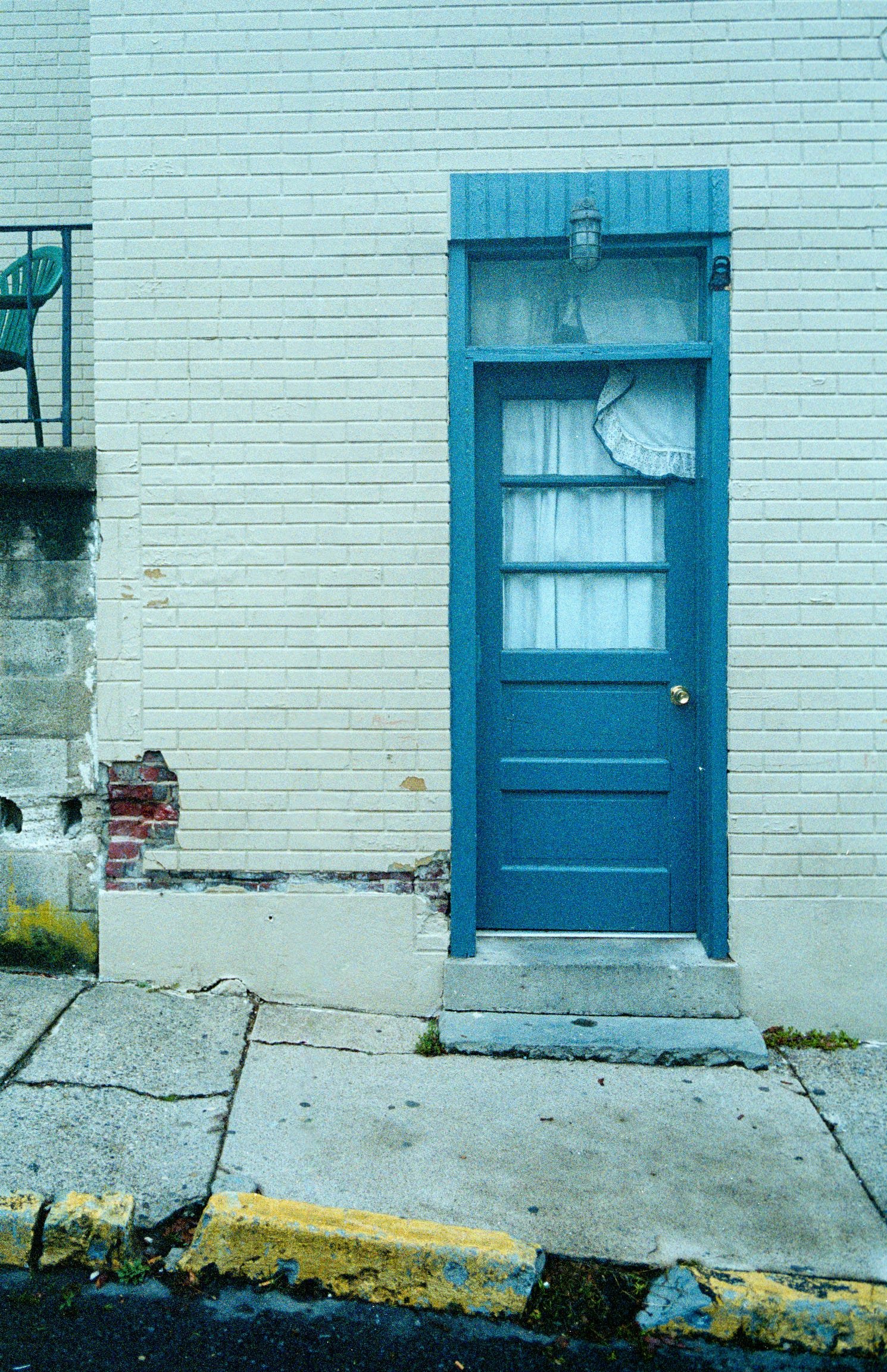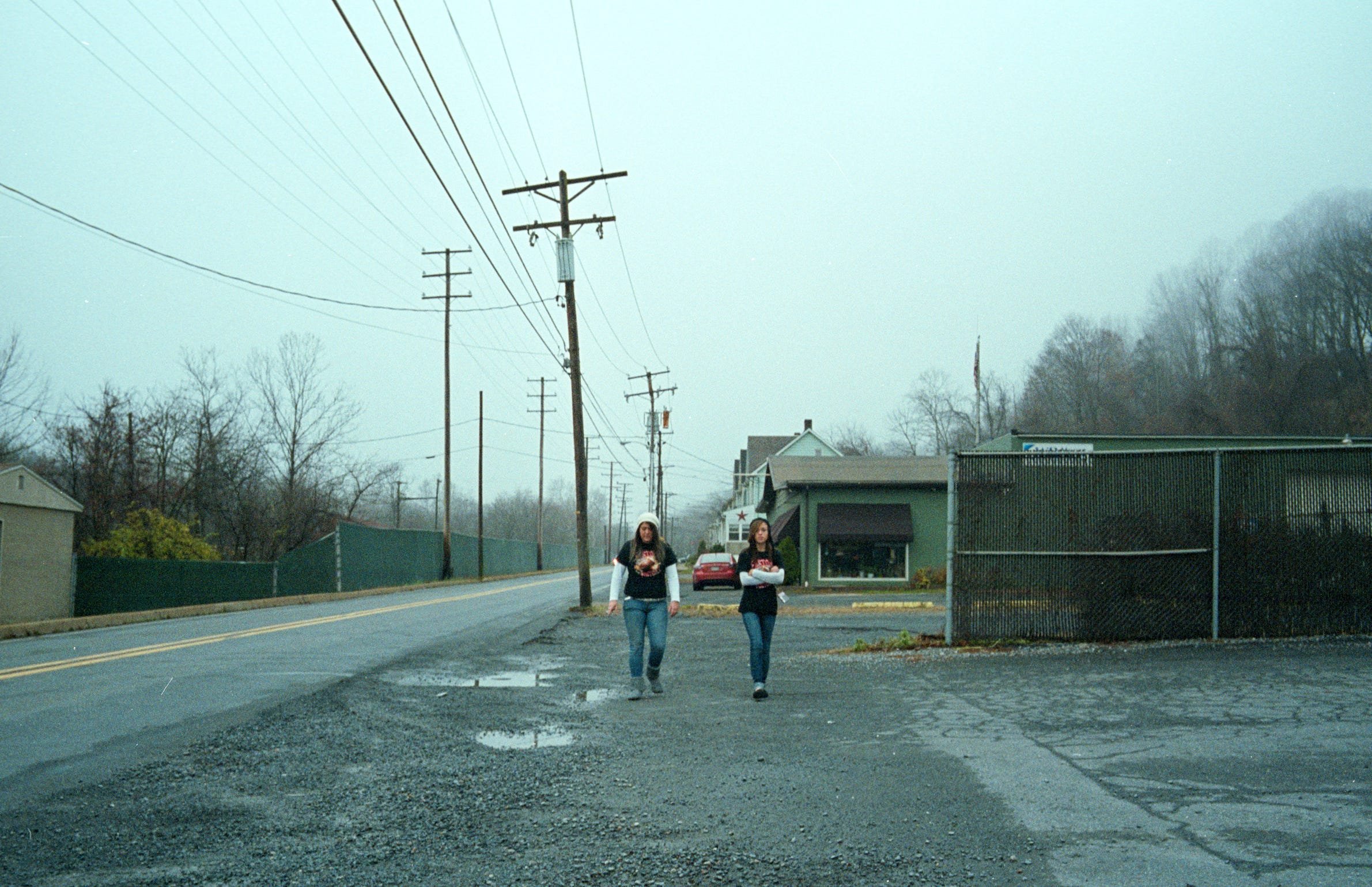How I Made My Weird Gross List
In my work as a teacher, I assign a lot of experimental writing prompts, with an eye towards nudging students out of their comfort zones and onto, I hope, unexpected vectors of self-discovery. My intro to creative writing course, in recent years, has consisted entirely of these prompts, one every week, two pages maximum. My thinking with these students, mostly sophomores, is that they don’t actually yet know what they’re capable of; the prompts force them to try different things. I’ve had lots of students whose best work in intermediate and advanced fiction classes grew out of these intro experiments.
Sometimes I assign these to myself, too. A recent Barrelhouse chapbook, Mistranslations and Meeting Notes (there’s a free pdf download at that link), is the result of two such assignments. In one, I created collage prose poetry by jotting down, one to three at a time, words uttered by my colleagues during faculty meetings. For the other, I employed a common poet’s trick: to free-translate a text from a language you don’t know at all, based on the look and sound of the words, and their arrangement on the page.
Originally, I found my source texts in the foreign-language section of my university’s library. Then I realized that, since the grammatical accuracy of the text didn’t matter, I could just machine-translate any text into an any language I wanted. (Zulu and Latvian gave me some interesting results.) Most of the source texts in M&MN are legal documents or random blog posts I found online, but, if I remember correctly, a couple of the poems are inspired by machine translations of Donald Barthleme stories. This list, I’m pretty sure, started life as “Glass Mountain.”
Ingredients for Baptism
1. A ropy, crusty American hamburger.
2. Reverse-positive copy of Teutonic ennui.
3. Bossman’s stereo.
4. A roaring hex-born carny.
5. Roast antelope a la meme.
6. A jeroboam of plum rye.
7. A six-year-old nephew’s mink stole.
8. Nevergram from Cape Horn on Botswanan gnostic papyrus.
9. 200 rabbit ribs.
10. A raccoon bicep.
11. Ripcord anomie for Hebrew Yahtzee, with contrapuntal homonyms.
12. Siobahn, positing about the Octopus Boro.
13. Bitch session, with stale bialys.
14. Cranky Aunt Ruth’s bisexual proxy.
15. The griping viscount from Yucutan, the one with the ruddy buttocks and Hawai’ian birthmark.
16. Barometers.
17. A latch-hook rug made of moth wings.
18. Baptismal font, sprinkled with expired Xanax from when you were 20.
19. Left-handed rectal thermometer.
20. Two-record set of neophyte jazz, featuring the toxic horns of Hobie Nabuli.
21. Benedictine minimalism, without the nanobiotic hee-haw.
22. Tinny Krautrock.
23. Ham salad panini.
24. Novitiate calm.
(mistranslated from the Ukrainian)
In Memory of Pro800Z
I haven’t done much film photography in recent years, mostly due to the time and effort required to develop the film. But I admit that I’m also still in mourning for my favorite color film of all time, Fujifilm’s Pro800Z. I regarded it as a color analogue of my favorite black-and-white, Eastman 5222-XX (which is still available, by the way, in 400-foot rolls, and is used regularly as motion-picture film stock. For a recent example, check out the very entertaining Netflix release The 40-Year-Old-Version.) Pro800Z is fast, medium-contrast, and just grainy enough to look like it’s doing something. It also has a particular kind of affection for the color red, and for blues in bright sunlight. It was discontinued in 2010.
I liked it so much that I decided, inconveniently, to make it my signature look. After trying and failing to approximate its profile in Lightroom, I bought a commercially available profile. The profile came pretty close. What I realized I wanted was not an idealized, factory-accurate Pro800Z, but a facsimile of how it looked when I developed and scanned it myself—which is to say, eccentrically and perhaps not very skillfully. I spent weeks tweaking the profile until it more or less matched.
Here are a couple of shots from the town of my birth, Easton, PA, taken nearly a decade ago with a Leica M7, a Zeiss 28mm lens, and Pro800Z, then developed using the Tetenal Colortec 2-Bath Kit:
And here are some snapshots I took a few days ago with my phone, then processed with the tweaked profile:
As for the use of a phone for artsy photography, as opposed to a proper camera, well—maybe that’s a topic for a future newsletter.
Three Cheers for the Black, White, and Beige
I found a Yamaha PS-20 on Craigslist at the beginning of the pandemic—a large analog home keyboard with cool rocker switches and paddle-style control sliders, a built-in speaker, and a custom collapsible screw-in aluminum stand. The seller said that it worked, but that it was something of a mess. He wasn’t kidding. I Venmo’ed him and picked the keyboard up from his porch, then spent a pleasant afternoon rubbing the grime off of every surface and lubricating all the electrical contacts.
It sounds great, in an early-1980s way—its presets designed to emulate, but coming nowhere close to emulating, various acoustic instruments like the vibraphone, accordion, and trumpet. The oboe setting gives you a lovely bass-synth pad sound, the organ evokes Yamaha’s 1970s YC-series transistor combos, and I actually like the fake vibes a lot. But the star of the synth is the string sound, which is fizzy and complex, with some kind of randomized modulation going on. You can’t adjust it, but it’s just right.




